Narrative Elements Teaching Resources
Are you teaching narrative elements and looking for worksheets and activities to get students excited about tone, narration, plot and a host of other elements to writing a great story? Wondering how to engage primary students on the concept of character traits and make plot development as exciting as recess?
The English teachers on the Teach Starter team have done just that with a collection of printable worksheets and digital activities built around this core reading standard. Aligned with the Australian English curriculum, each narrative elements activity in this collection has undergone a careful review by a member of our teacher team to ensure it's ready for your lesson plans and your students.
Explore our teacher team's guide to learn more about the various narrative elements and how to bring them to life in your classroom!
Is this your first year teaching about these story elements? Or the first year in a while? Our teacher team has put together a quick refresher to get you ready to rock and roll in the classroom, including a way to explain what narrative elements are.
What Are Narrative Elements? A Kid-Friendly Definition
First thing's first: Let's talk about the definition.
Narrative elements are the basic components of writing that the author uses to share the story with the reader. Without them, the narrative falls apart!
They are sometimes referred to as story elements or literary elements. No matter what you call them, these elements give a piece of writing structure and help the author convey information to the reader.
On the reading side, literary elements are also key to breaking down a story to understand better what the author is trying to say.
What Are Examples of Narrative Elements? 8 Examples That Can Help Your Students
There are eight main examples of narrative elements that students will encounter in narrative texts:
1. Setting
This element is crucial for developing a story as it provides the time in which the story takes place as well as where it takes place. Setting helps ground the story.
2. Plot
The plot is the way a story unfolds. It's essentially a pattern for the text.
3. Conflict
Conflict helps move a plot forward as it offers the reader a climax to move toward as they read.
4. Characterisation
This element of writing covers the way characters are developed within a story.
5. Point of View
Also called narration, this literary element is the perspective from which a story is told, such as first person or third person.
6. Tone
The tone of a story can be boiled down to the author's attitude about the subject of the story.
7. Genre
Genre covers the type of story written, such as realistic fiction, science fiction or even magical realism.
8. Figurative Language
Similes, metaphors and onomatopoeia are just some examples of the figurative language students may encounter in a text.
- Plus Plan

Adapt a Short Story – Change the Complication
Explore the role the complication of a story plays within narrative structure with this engaging and fully scaffolded writing project booklet.
- Free Plan
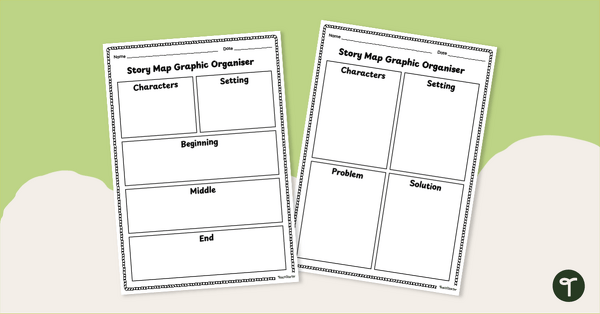
Story Map Graphic Organiser Pack
Download and use a printable Story Map Graphic Organiser to help your students make sense of story elements related to their reading.
- Plus Plan
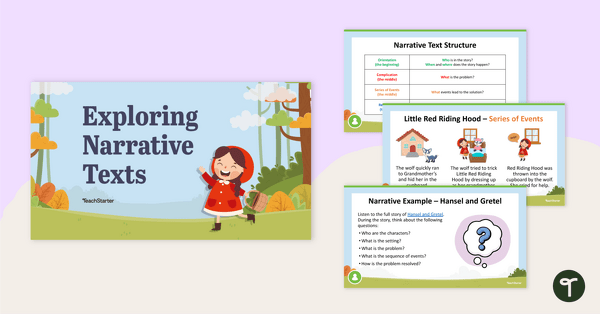
Exploring Narrative Texts PowerPoint
Teach your students about the key elements of narrative texts with this comprehensive teaching presentation.
- Plus Plan
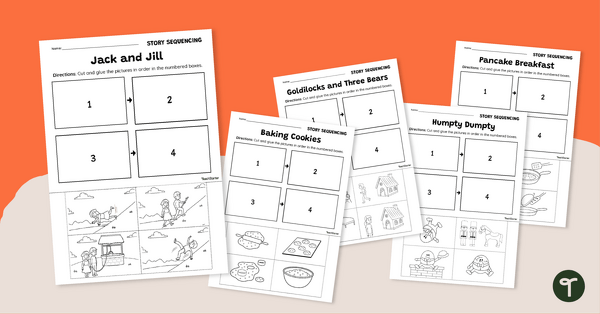
Picture Story Sequencing Worksheets
Help your students build strong visual literacy skills with these Picture Story Sequencing cut and paste worksheet pack.
- Plus Plan
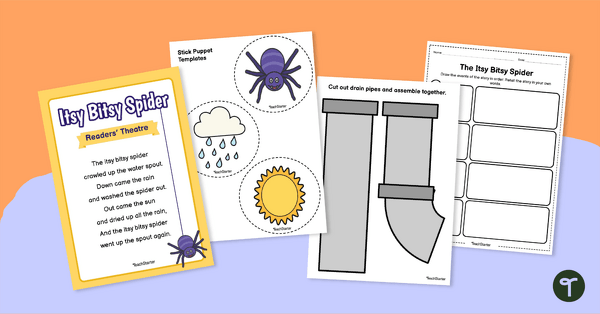
Readers' Theatre - Itsy Bitsy Spider Read and Retell Activity
Engage young readers in texts with a dramatic reading of “The Itsy Bitsy Spider” and accompanying story retelling activity.
- Plus Plan
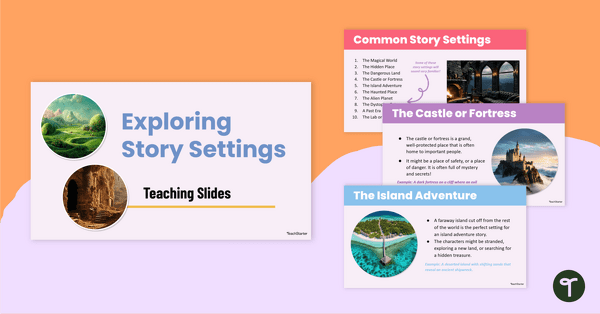
Examples of Story Settings Teaching Slides
Discover engaging examples of story settings with this teaching presentation that introduces students to ten classic settings in children’s literature.
- Plus Plan
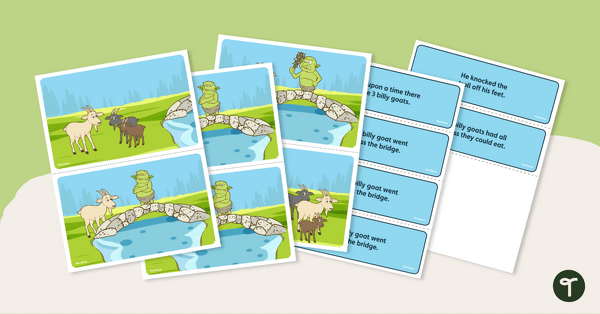
3 Billy Goats Gruff Retelling Activity Cards
Teach your students about retelling with this set of sequencing cards for 3 Billy Goats Gruff.
- Plus Plan
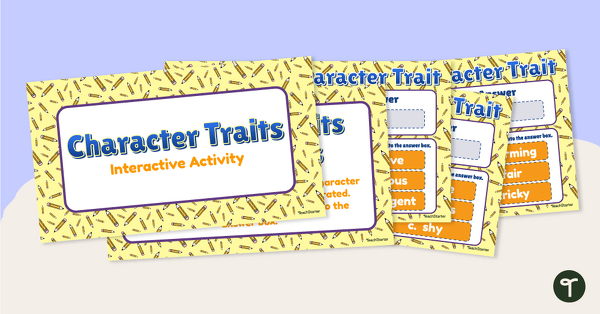
Identifying Character Traits Interactive Activity
Get your students identifying character traits with this engaging digital quiz that helps students understand how language reveals personality in writing.
- Plus Plan

Write a Short Story – The Discovery or Invention
Get your students analysing and writing an invention story with this engaging and fully scaffolded writing project booklet.
- Plus Plan
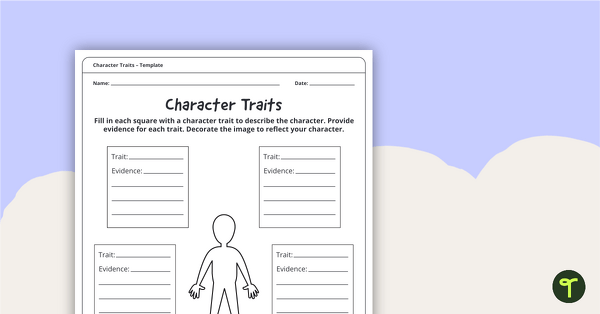
Character Traits Graphic Organiser
Describe the most notable mental and moral qualities of a real or fictional person.
- Plus Plan
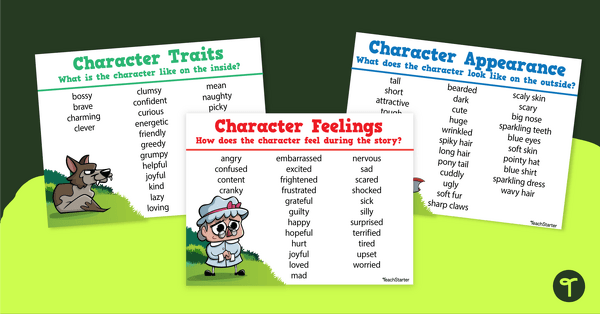
Character Traits, Feelings and Appearance - Posters
A set of 3 posters depicting words and phrases that can be used to describe a character's personality, feelings and appearance.
- Plus Plan
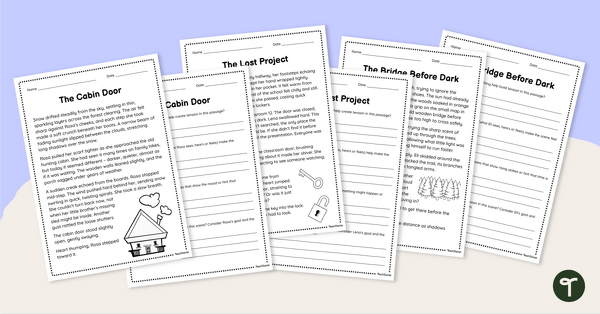
Narrative Tension – Text Analysis Worksheets
Teach narrative tension with this set of three worksheets designed to help students explore how authors build suspense and keep readers hooked.
- Plus Plan
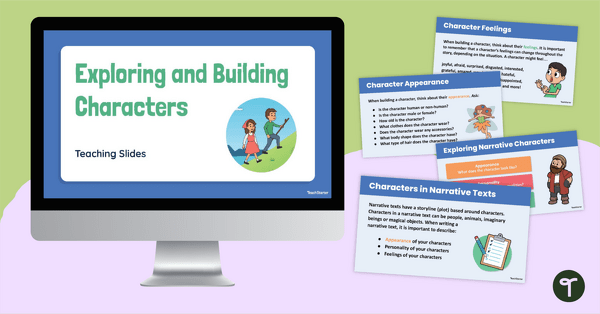
Exploring and Building Narrative Characters PowerPoint
Use this editable PowerPoint template when teaching younger students about how to build a character for a narrative text.
- Free Plan

Free Wanted Poster Template Pack
Use a 'Wanted' poster template pack to encourage your students to research and write about historic figures and more!
- Plus Plan
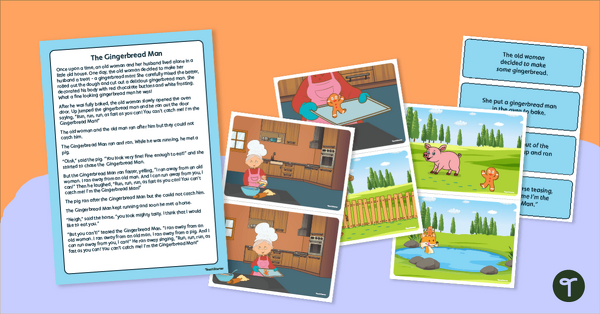
The Gingerbread Man Story Sequencing Cards
Teach your students about retelling with this set of printable gingerbread man story sequencing cards.
- Plus Plan
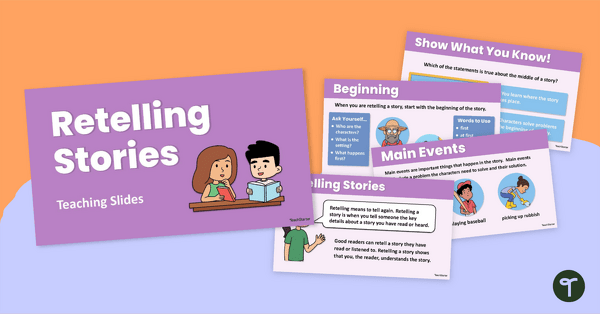
Retelling Stories Teaching Slides
Teach your students all about the fundamentals of retelling a story with this set of teaching slides.
- Plus Plan
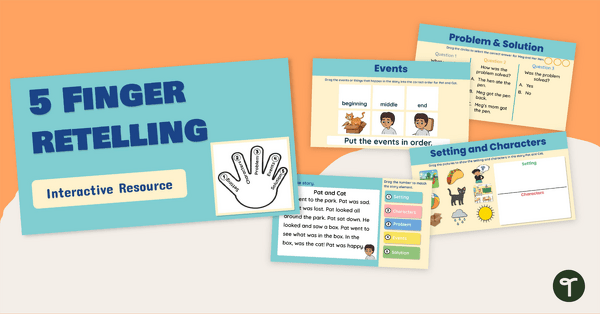
5 Finger Retelling Interactive Activity
Practise using the 5 finger retelling strategy with this interactive activity.
- Plus Plan
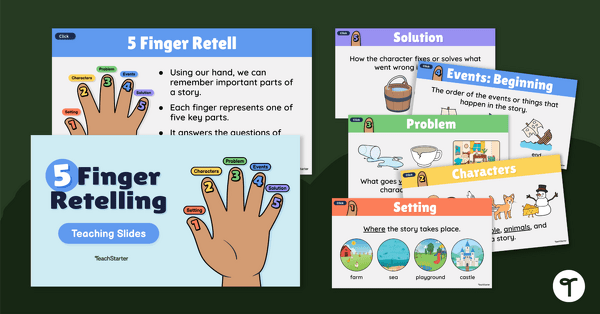
5 Finger Retell Teaching Slides
Teach your students about the 5 finger retell strategy with this set of teaching slides.
- Plus Plan
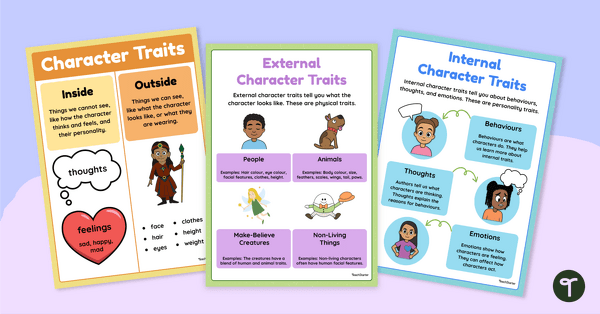
Character Traits Posters
Remind your students about the difference between external and internal character traits with this set of three classroom posters.
- Plus Plan
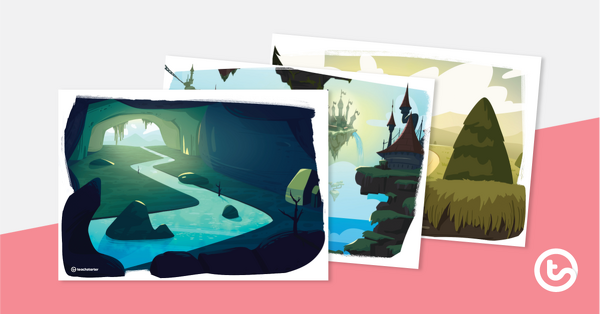
Describe a Story Setting Worksheets
Download these engaging story setting worksheets that help students brainstorm descriptive language and write vivid setting descriptions with ease.
- Free Plan
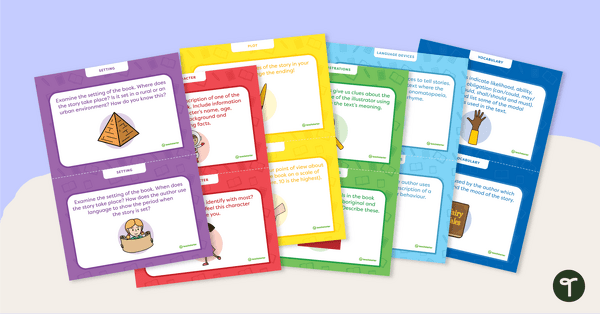
Literature Study Task Cards (Upper Primary)
Explore the wonders of children's literature with this set of 14 literature study task cards for upper primary students.
- Plus Plan
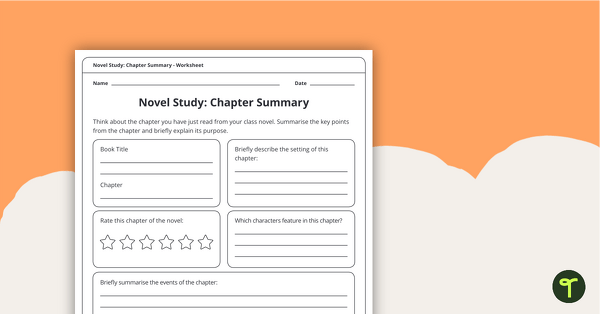
Novel Study Worksheet Pack
Download this set of novel study worksheets that can be used with any text to support your students in exploring characters and events in literature.
- Plus Plan
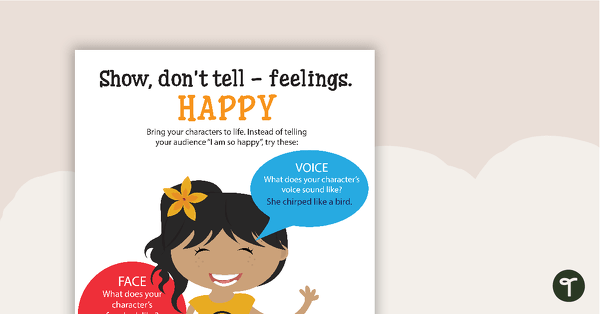
Show Don’t Tell Posters – Character Feelings
Use this set of Show, Don’t Tell posters to help your students describe character emotions through vivid details instead of simple statements.
- Plus Plan
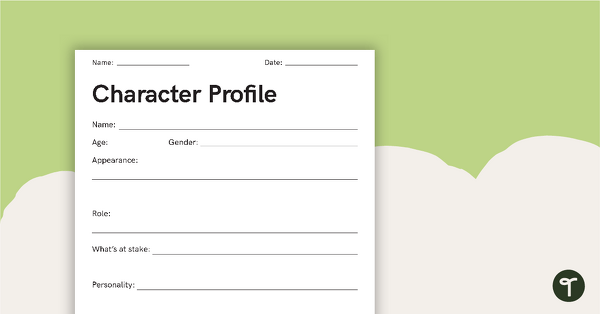
Detailed Character Profile Worksheet
A worksheet for students to use when building a character for a story.
- Plus Plan
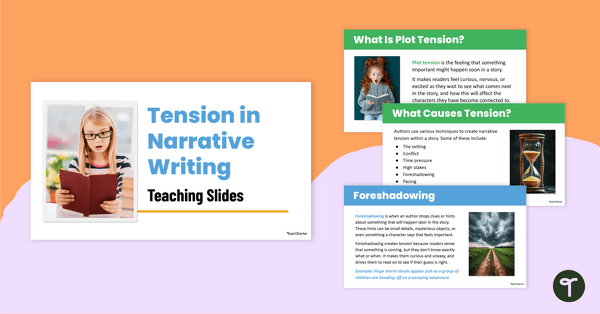
Building Tension in Narrative Writing Teaching Slides
Teach how to build tension in narrative writing with this interactive presentation that explains eight author techniques for creating suspense and excitement in stories.
- Plus Plan
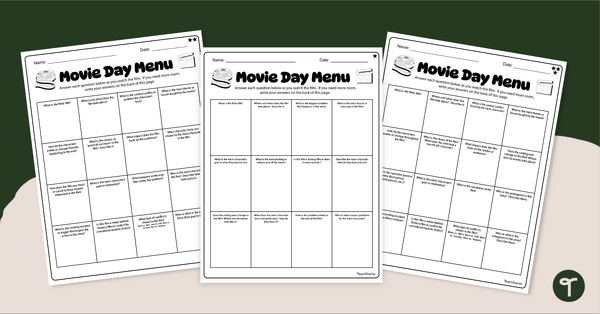
Classroom Movie Grid - Story Element Review Choice Board
Turn a movie day into a learning experience with our Classroom Movie Grid Story Element Review Choice Board.
- Plus Plan

Point of View in a Narrative Booklet
Explore point of view in a narrative with this engaging mini book that helps students analyse the narrative voice of a book they have recently read.
- Plus Plan
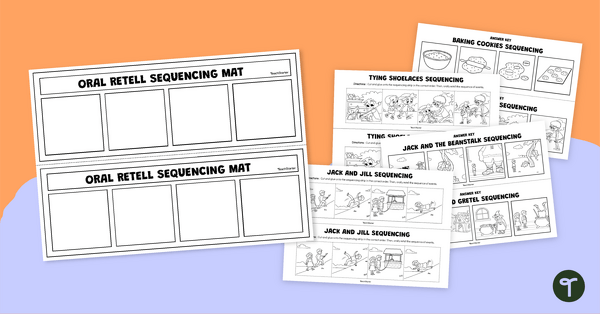
Oral Retell Sequencing Mats
Explore oral retelling with this set of oral retell sequencing mats for a variety of fairy tales and everyday activities.
- Plus Plan
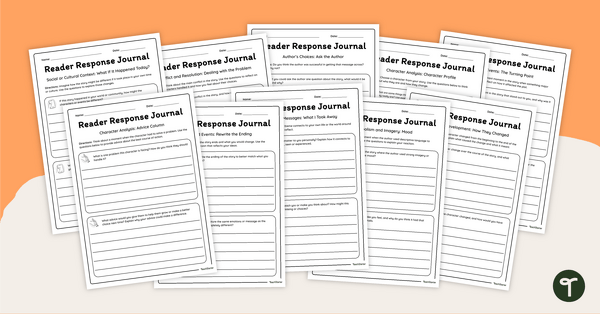
Reader Response Journal for Literature
Help students think critically about key story elements such as character, plot and theme with this 22-page reader response journal set.
- Plus Plan
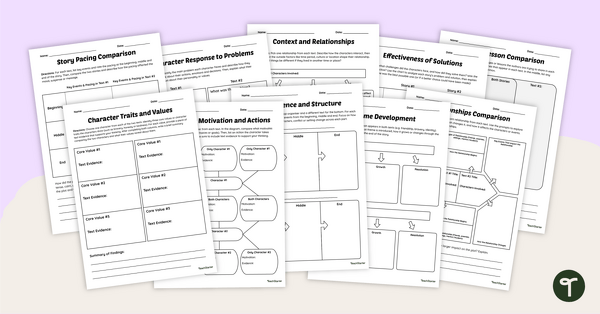
Comparing and Contrasting Texts Graphic Organisers
Support students in comparing and contrasting texts with this versatile set of graphic organisers designed to deepen comprehension and enhance classroom discussions.
- Plus Plan
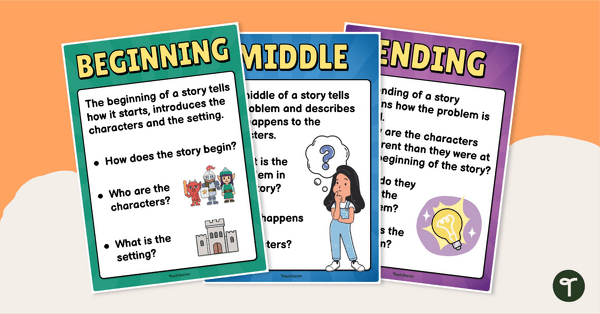
Beginning, Middle and End of Story Poster Set
Remind students of the elements that make up the beginning, middle and end of a story with this set of three posters.
- Plus Plan

Story Retelling Strips
Explore a story with your students with this story-retelling cut-and-paste worksheet.
- Narrative Elements Worksheets
- Narrative Elements Templates
- Narrative Elements Teaching Presentations
- Narrative Elements Games
- Narrative Elements Posters
- Narrative Elements for Foundation Year
- Narrative Elements for Year 1
- Narrative Elements for Year 2
- Narrative Elements for Year 3
- Narrative Elements for Year 4
- Narrative Elements for Year 5
- Narrative Elements for Year 6